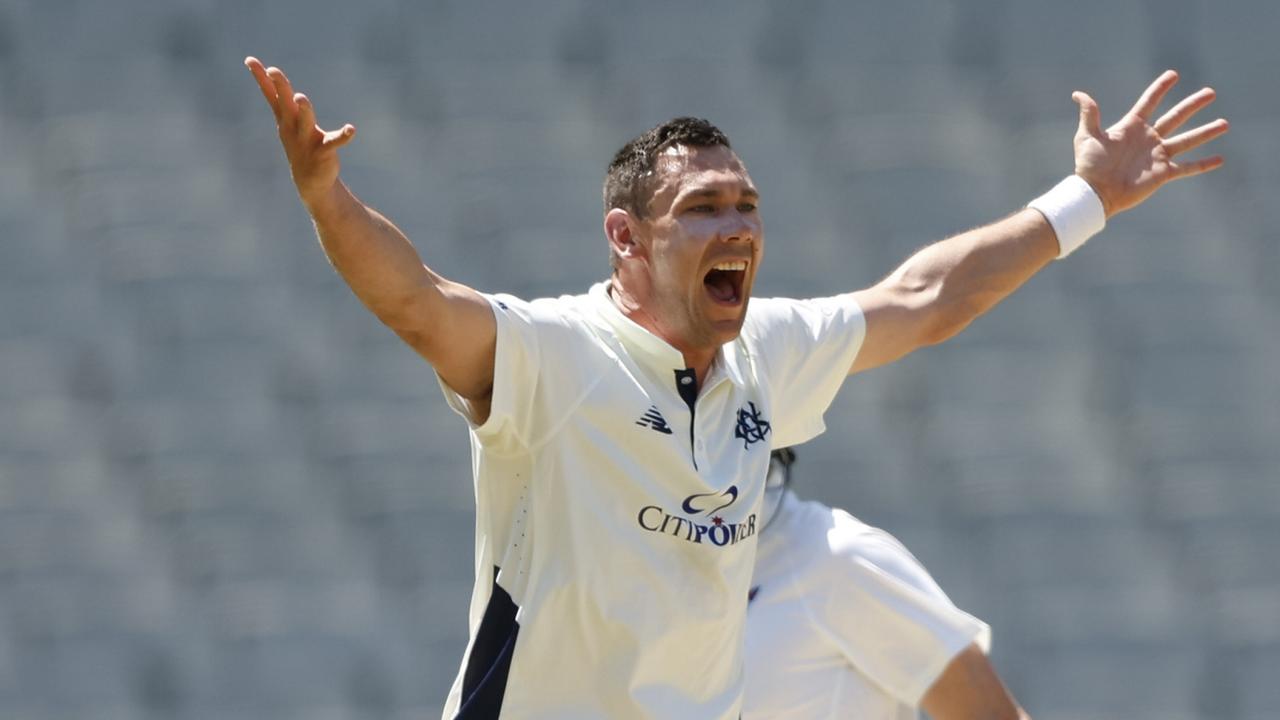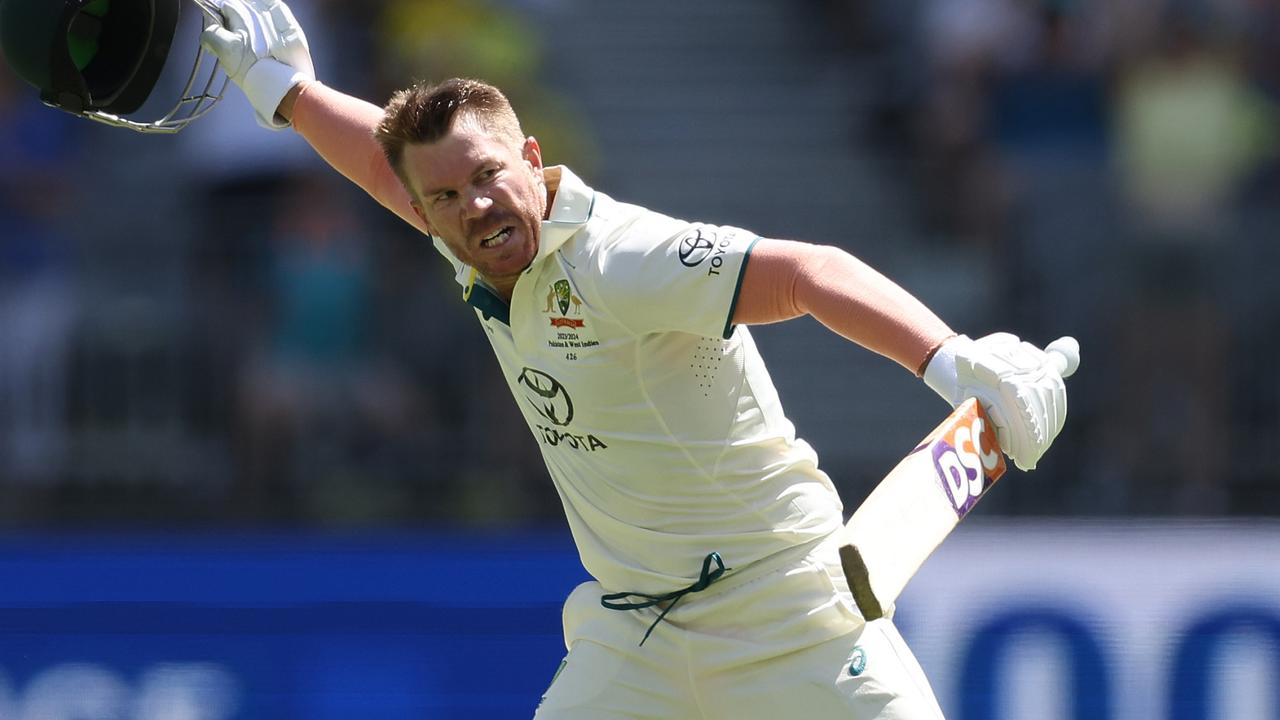How cricket’s premier batting position, the No.3 spot, became a no-go zone for superstars
It was the spot of Don Bradman, then Viv Richards and Ricky Ponting, yet few top players are now keen to bat at No.3. STEVE JAMES examines what became of cricket’s once-marquee position.
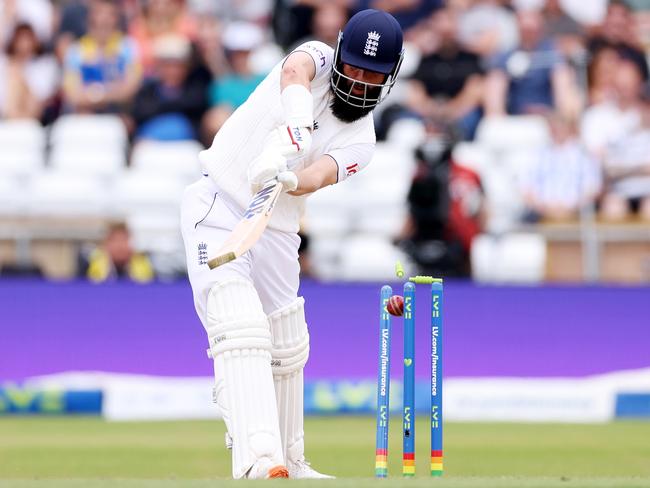
Not long after taking the role of England’s managing director of men’s cricket, Rob Key hit the nail squarely upon its head when saying: “There are not many people queuing up to bat at the top of the order, they all want to bat four, five or six.”
He was actually talking about England’s opening situation at the time, but his statement clearly extends to the position one below that at No 3, or “first drop” as the Australians like to call it.
He was spot on. The fact that Moeen Ali is slated to bat there again this week at Old Trafford is not only rather ridiculous – symptomatic of a lack of depth as well as a problem in balancing England’s side – but it is also, sadly, a sign of the times.
The No 3 spot used to be the most coveted simply because it was considered the most crucial, where often the best batsman in the side would reside; think of Viv Richards and Ricky Ponting, for example. They were the most glamorous and the most adaptable of batsmen, players ready for the widest variety of circumstances, with sufficiently solid basics to counter a new ball and the range of strokes to flay older ones.

But things have changed. The great players now seem to prefer No 4. Joe Root bats there, as does Steve Smith, as does Virat Kohli, as does Babar Azam. Marnus Labuschagne and Kane Williamson are obviously exceptions, as is Cheteshwar Pujara, but you get the gist of the mindsets of the greats now.
In white-ball cricket, players clamber over each other to be at the top of the order, which is undoubtedly the best spot to bat, but in red-ball cricket they do their best to slip as low as they can. England’s Jonny Bairstow is a classic example: a truly great white-ball opener, but never comfortable above No 5, with or without gloves, in a red-ball line-up.
In white-ball cricket flexibility has become de rigueur, with different batsmen sent in depending on the favourability of match-ups with certain bowlers, but in red-ball cricket the preciousness of knowing one’s position is still mostly preserved.
Most of that is in the mind, of course, but then so much of cricket, particularly at the elite level, is played there that it is often best not to add too many unnecessary complications.
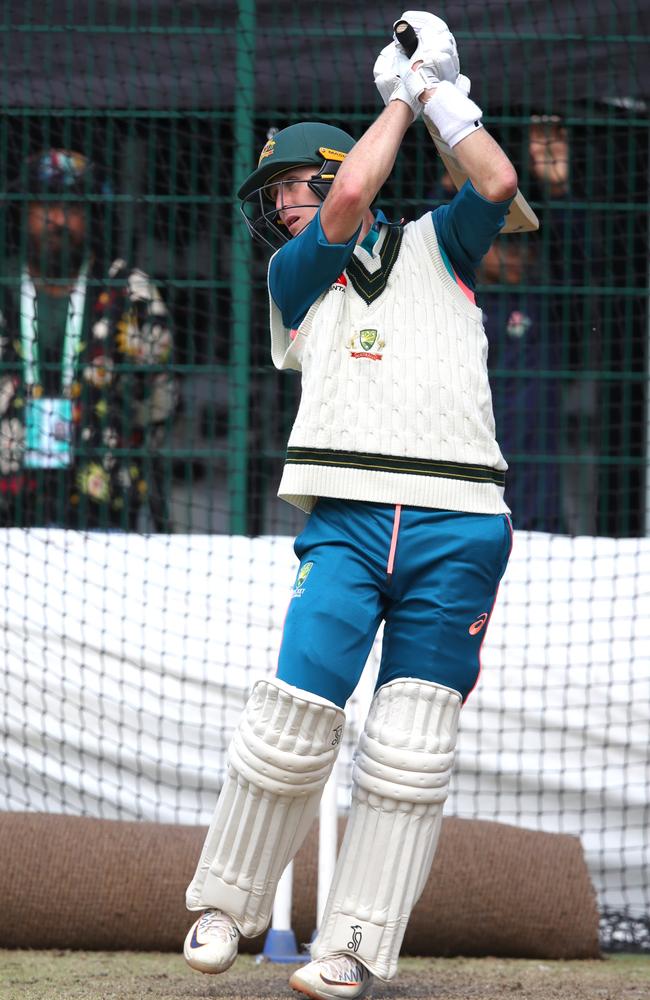
I was an opener but I hated batting at No 3, probably because of a pair recorded early in my career there against Warwickshire, having waited for hours on both occasions while the Glamorgan openers, Hugh Morris and Alan Butcher, made huge scores.
Some simply do not have the game to bat so high, and that was clearly the reason why England dropped Harry Brook down to his preferred position of No 5 in the second innings of the previous Test in Leeds. It is worth detailing – because the comparisons between Kevin Pietersen and Brook have already started – that, of the 104 Tests Pietersen played, he batted at No 3 in only one match.
Why are there so few No 3s? Well, T20 cricket and its effect upon techniques has clearly had an impact, as have spicy county pitches in England and Wales, and there is little doubt that these days it is a difficult world for specialist top-order red-ball batsmen. Contracts for that type of player are very limited and they were so even before Bazball. It is even harder in the women’s game, where the majority of cricket is white-ball, and so only positive and aggressive types of batters are sought from a very young age.
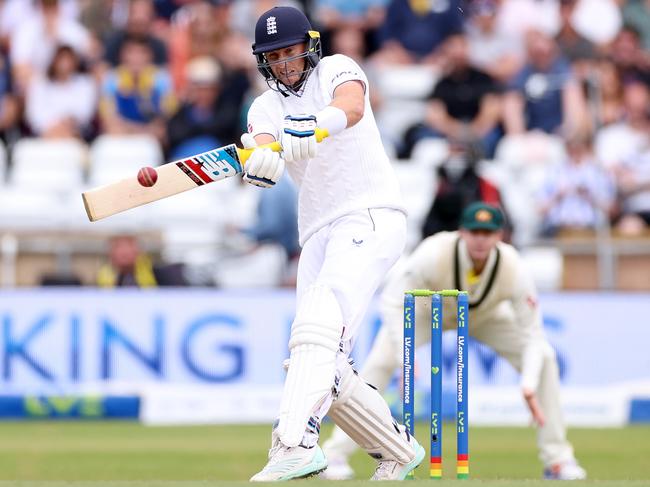
It has to be said that Ollie Pope has done very well at No 3 for England. Since Jonathan Trott, previously England’s most reliable No 3, played his last Test in 2013, England have tried 23 different No 3s, four of whom were nightwatchmen. Discounting Jason Roy’s one innings of 72 against Ireland in 2019, only one of them has a better average than Pope’s 45.25 at a rattling strike rate of 77.04. That player is the much-maligned, recently retired Gary Ballance, who averaged 46.44 in 29 innings at No 3, at a very pre-Bazball strike rate of 48.39.
Root’s average at No 3 is 39.67 in 33 matches, while at No 4 it is 52.24 in 78 Tests. You can certainly see why he thinks the way he does. Ali averages just 13.14 in his seven innings at No 3 with a strike rate of 32.39, and it seemed odd to hear him talking, as he did on Monday, about his role. His ambitions do not seem very high.
Asked about an Ashes century, he said: “That would be amazing. But you’ve got to be a bit more realistic. If I can just play even ten overs and we get through that hardness of the ball, it’s probably easier for the other guys.”
Ali has selflessly volunteered, but it still feels so clunky, particularly given his lack of recent red-ball batting experience. Australia, though, are loath to waste the new ball on the bumper barrage tactic, so it may be an opportunity for Ali to play a few shots. That surely is his best plan.



